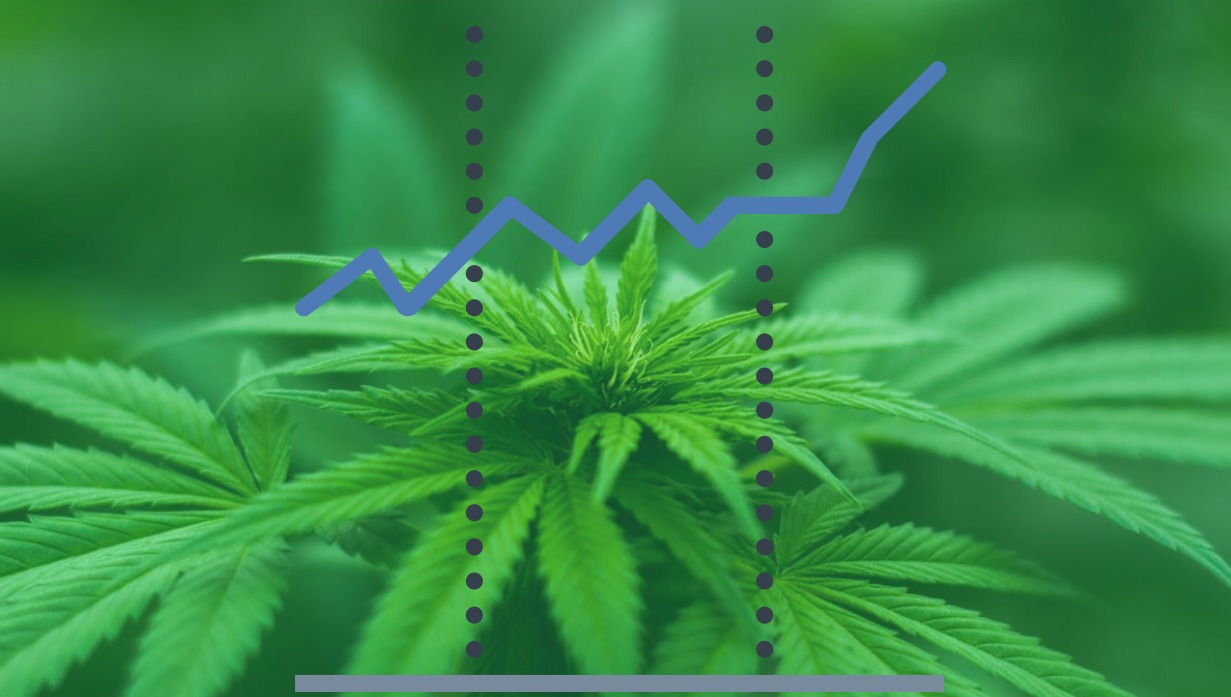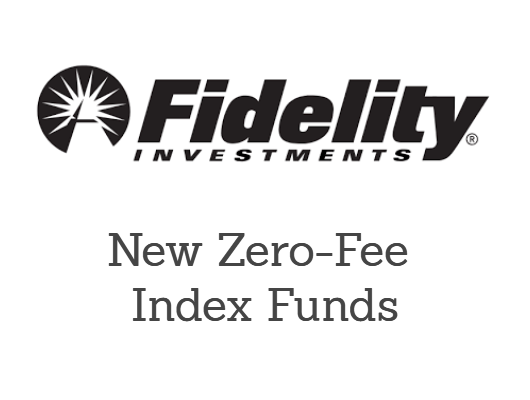As a lot of press coverage goes to the stock market, one easily forgets the importance of the credit market. The market for bonds and other debt offerings is not of lesser importance, since the total size is even a lot bigger. A number of investment banks and asset managers, such as Goldman Sachs, Deutsche Bank and Robeco came recently with new outlooks. Interestingly, these investors point to a potential third wave of debt crisis. After the financial crisis of 2008, the European sovereign-debt crisis in 2012, it may be now the time for the Emerging Market (EM) crisis. The favorable conditions for (corporate) lending in emerging countries may roll back, adding pressure to the market.
Especially the Chinese debt level seems to be unsustainable. After years of growth, financed by high credit growth and government deficits, the country is facing either a soft or hard landing. But also commodity-driven economies such as Russia, Kazakhstan and South Africa have a bearish outlook. The situation in Latin America is not better, where Brazil for example also have to deal with a lot of political uncertainty. During the last decade, the total size of the EM credit-market more than doubled (see figure below, source Deutsche Bank).

Companies with exposure to emerging markets will be impacted. Also credit conditions in commodity related sectors (metals&mining, energy) will remain tight. The likelihood of reorganizations or even defaults in these sectors is high. However, credit spreads already widen since 2014, but in the last 3 months expanded more significantly. A lot of negative news may be priced in, but certainly not all. With the Federal Reserve considering a first interest rate hike, the development of tighter conditions will continue. Some central bankers urge the Fed not to dither with a rate hike any longer, since this would increase the uncertainty. A number of emerging countries are facing difficulties to fund infrastructure projects already. More uncertainty and hence wider spreads and tighter lending conditions will not improve the situation.
And then there’s the Chinese currency. A more severe economic slowdown will lead to a significant devaluation of the renminbi, which in turn would lead to further capital outflows, causing a negative spiral. To ease a devaluation, the country needs to sell foreign assets. If in a large quantity, this might lead to a force which could take shape of Quantitative Tightening. But help may be underway: the central banks of the Eurozone (ECB) and Japan (BoJ) may expand their asset buying programs (QE). Asset manager Robeco argues that ECB will start buying corporate bonds in 2016, which would mean a radical expansion of its current program which is focused on sovereign debt and credit paper of supranational institutions such as the European Investment Bank.
Overall, global yields remain low and monetary policy accommodative. As a result, global investors will keep looking for positive yield which will new debt issuance and favorable credit conditions. Therefore defaults could remain low. But with increased risk in EMs and tighter conditions in US, the Eurozone looks the brightest spot. Nonetheless, Robeco underlines reason for caution: since the search for yield stays intact, market players take more risk. To quote “Long risk has become a crowded position. With the US cycle turning and more negative news from emerging markets this will result in more volatility despite all the monetary stimulus”. So investors should remain careful and markets will remain volatile.


